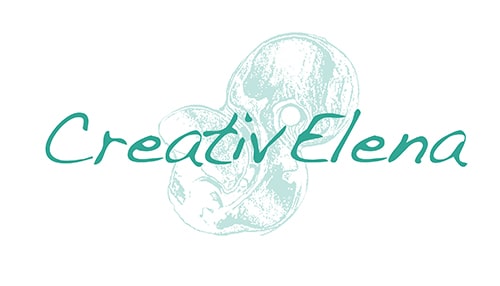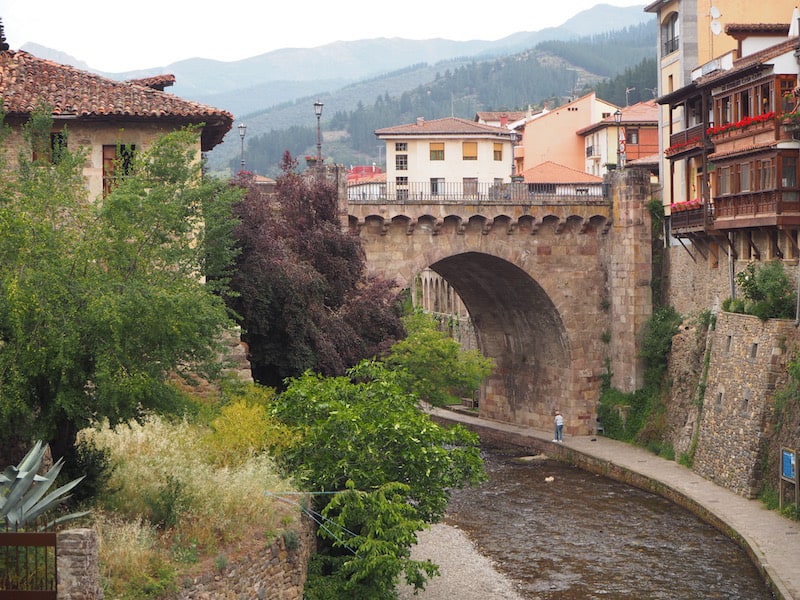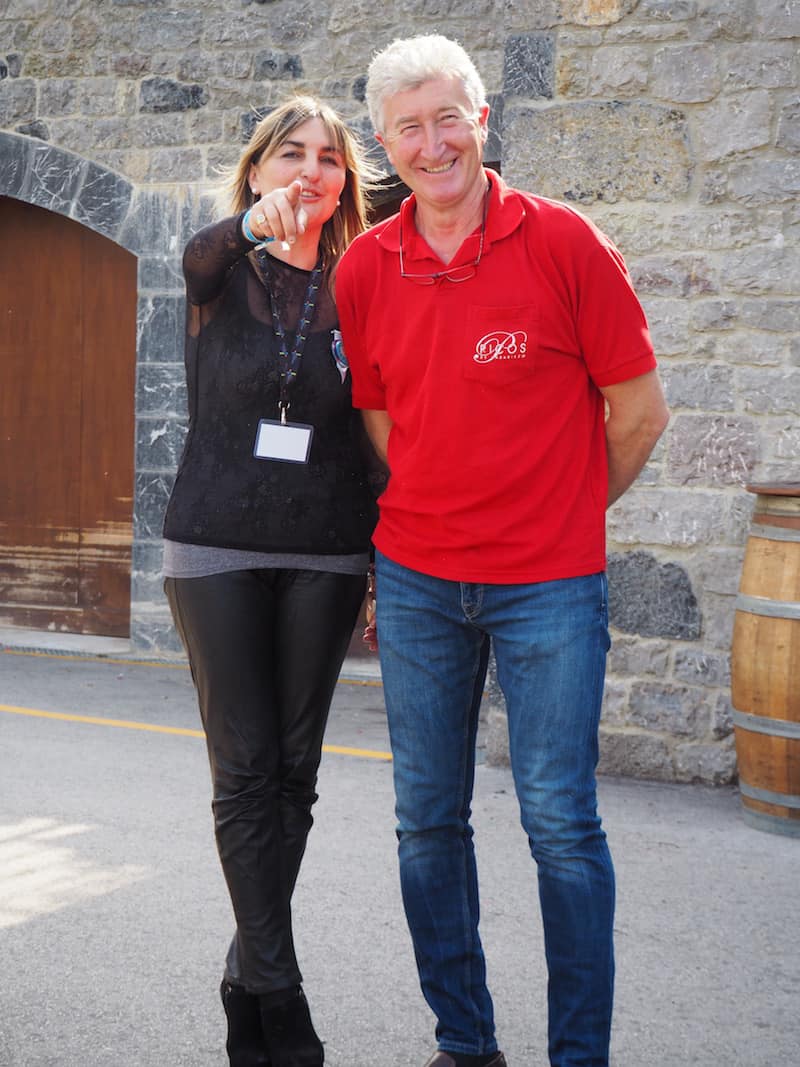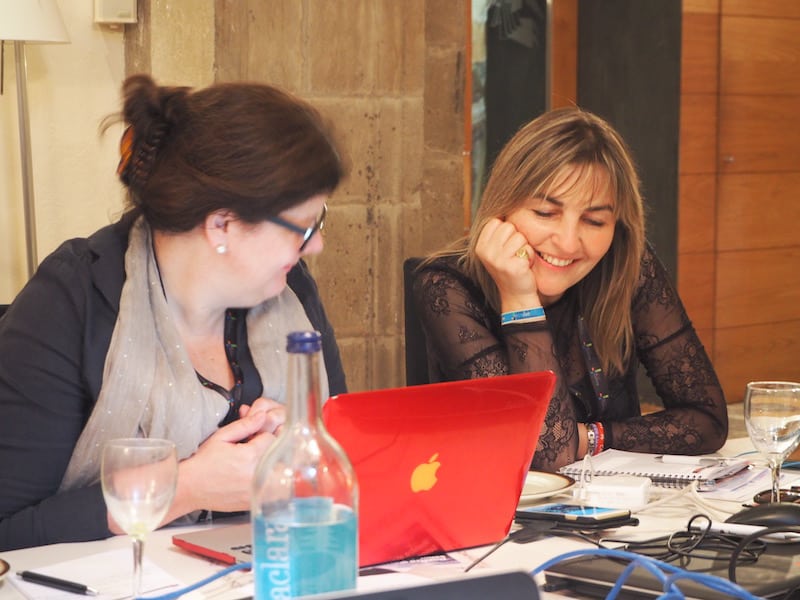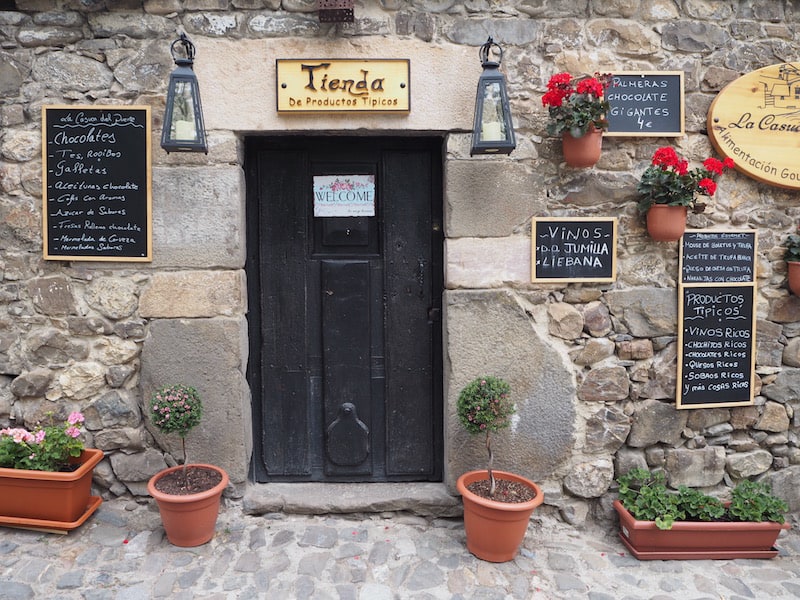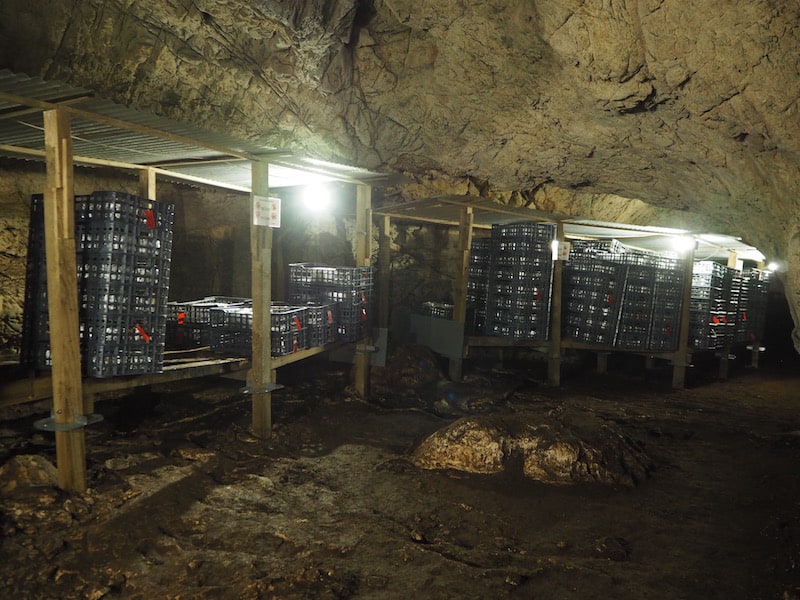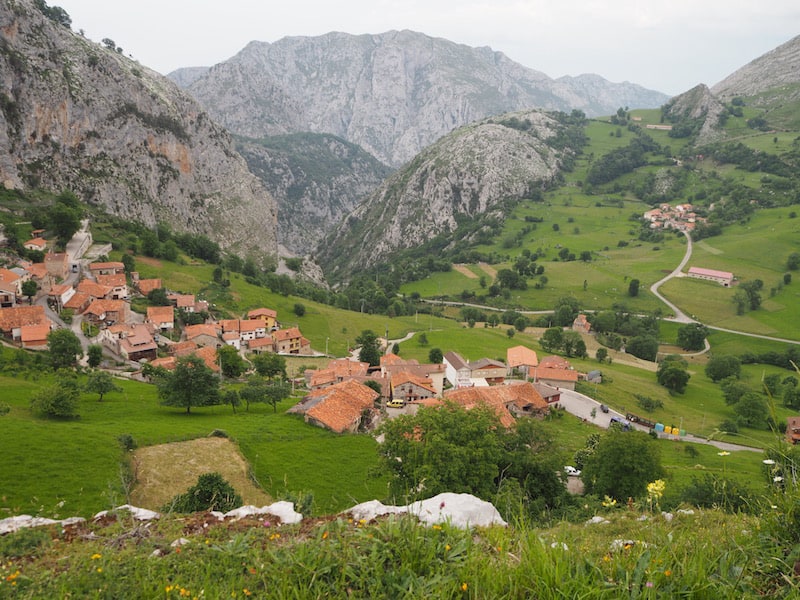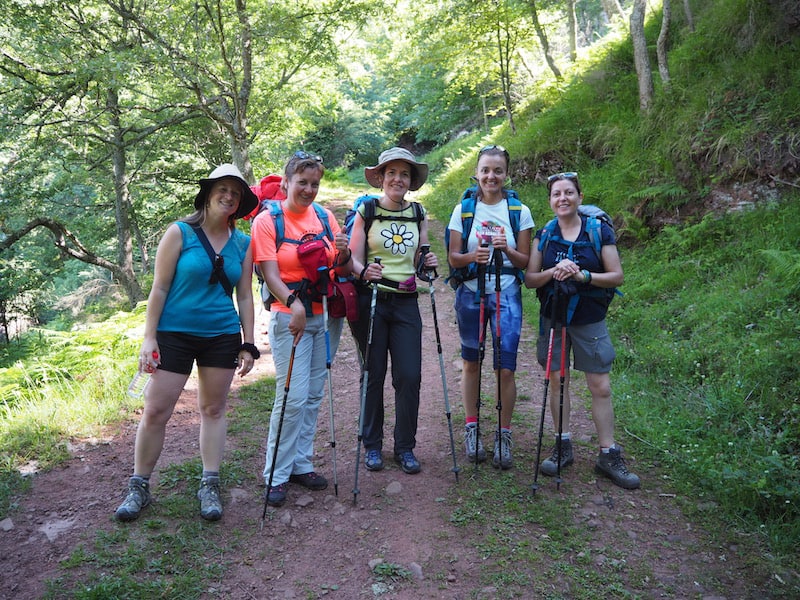There is always so much to learn from each other “when Europe meets”. I love our #EuropeTour project meetings on cultural tourism development in rural areas of Europe, such as the one we organised in Austria last year, or the one that had me travel to (and get to know) the culture of North-Eastern Romania for the first time last year.
This year in the spring, our Spanish project partners of the “Camino Lebaniego” located in the Cantabrian mountain district of the “Picos de Europa”, called for a meeting right on time: To celebrate the “Jubilee Year” of the Holy Forgiveness, an important date for pilgrims of all kinds to the Spanish Monastery of Santo Toribio de Liébana. (If you are curious to learn more about this particular jubilee, read more about it here).
Once more, it is all about engaging in lifelong-learning opportunities, and providing timely solutions for, cultural tourism development in rural areas across Europe …
… where Cantabria, with its “Picos de Europa” national park & many exciting, cultural traditions, has provided a rather perfect example of small-scale, innovative marketing & networking in cultural tourism for us.
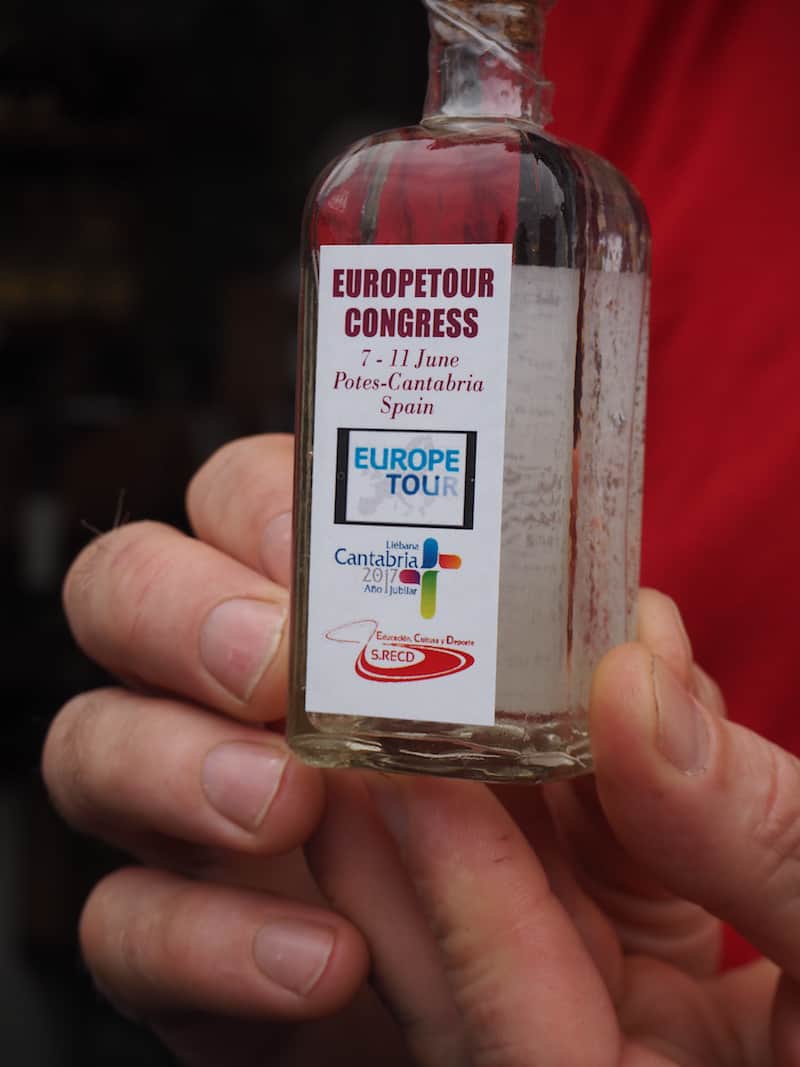
… where even the smallest local producers have cared to surprise our European delegates with surprising efforts, such as printing the #EuropeTour logo on this little Orujo spirit bottle as a takeaway gift for each and every one of us.
Together with my colleagues, we have spent two days of continuing our work on the Training Modules for Cultural Tourism in rural areas, as well as the Social Media Guidelines to be published later this year. It was, and continues to be, hard work bringing together specific requirements, different points of view, and interesting knowledge from around the continent, and kudos to our wonderful project team leader Karin Drda-Kühn for always managing the group dynamics just so perfectly!
Check this out.
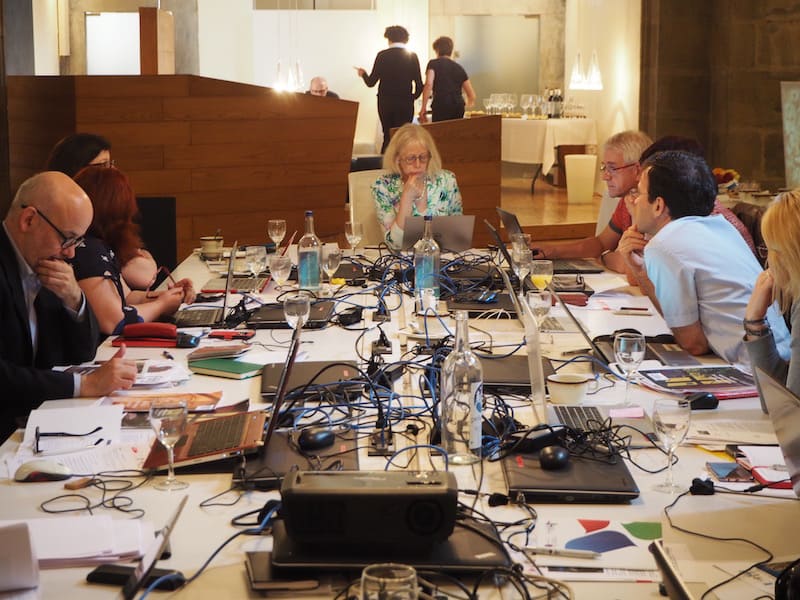
… and to offer you but a glimpse, this is what a European project meeting inside an old Spanish church completely modernised, can look like ..!
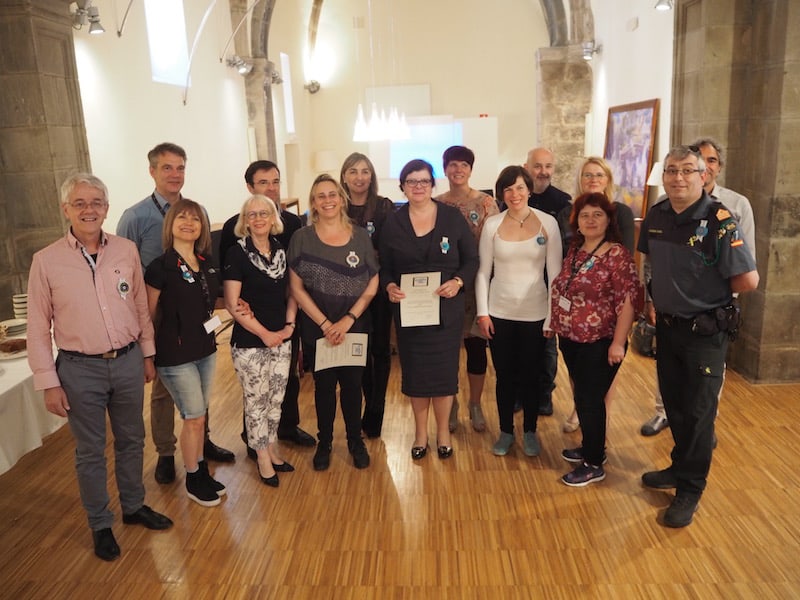
… and to Karin (second lady smiling from the left), for thinking of the simple, yet very sweet gesture to award each one of the #EuropeTour family a medal for already having organised a project meeting before!

Feels like family : Working with these charming, resourceful, and very talented ladies Izabela Matusiak from Poland, Angela Ivanova from Bulgaria (who by the way we know from Karaoke, sings better than Shakira herself!), and Lacra Beilic from Romania.

And Juan, THE local police officer (you honestly and truly will want to meet him when you are in Potes!). “If you need anything when you come to Spain, call me”, he says and smiles. And coming back I will !
Examples for cultural tourism development in & around Potes, Cantabria? We were overwhelmed by just what this area of the world has to offer!
(A piece of the) Cross of Jesus. Mountain cheese made in a cave, following centuries of tradition and protected under European law! Church banks made my architectural master mind Antoni Gaudí, that only we and the royal families of old have had an opportunity to sit on. Finally, an opportunity to almost touch hands with, an ancient cave painting dated 32.000 years old … culture, you ask? Righteously so, it can be called the main travel motive for visiting Europe in the world. Now let’s focus on making the very rural, very sensitive areas of Europe all the better qualified and educated for dealing with good quality cultural tourism.
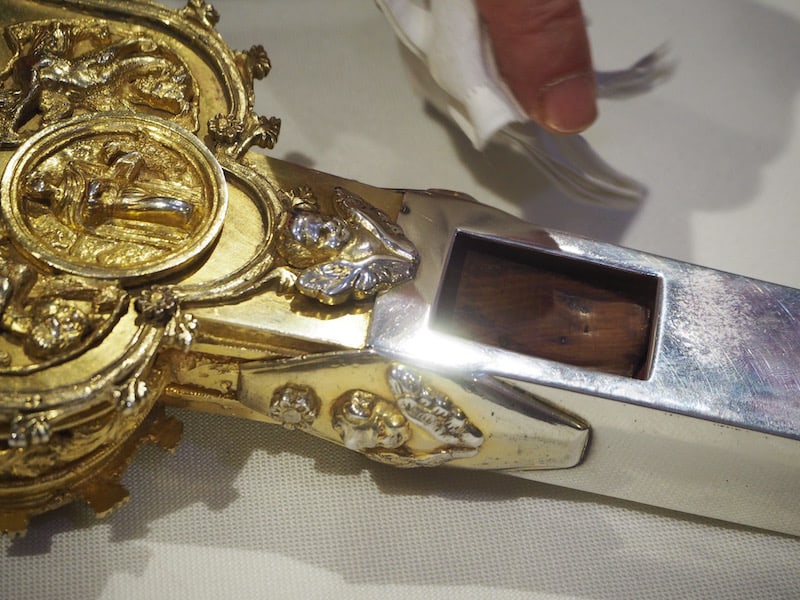
… would you believe it has had me touch a piece of the original cross of Jesus Christ, in its nearby Monastery Santo Toribio de Liébana.?
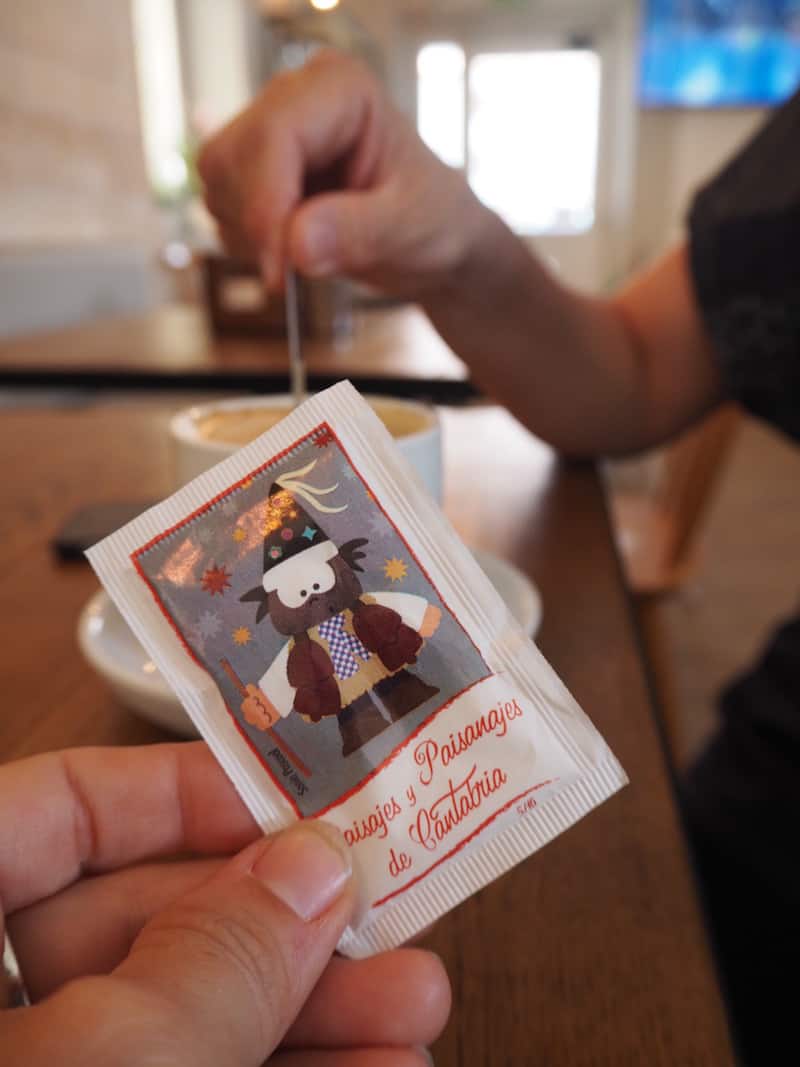
I wouldn’t. Here’s to having coffee first, each sugar pack depicting an aspect of local Cantabrian culture by the way (love the little detail here, thanks for sharing with me Juan!) …
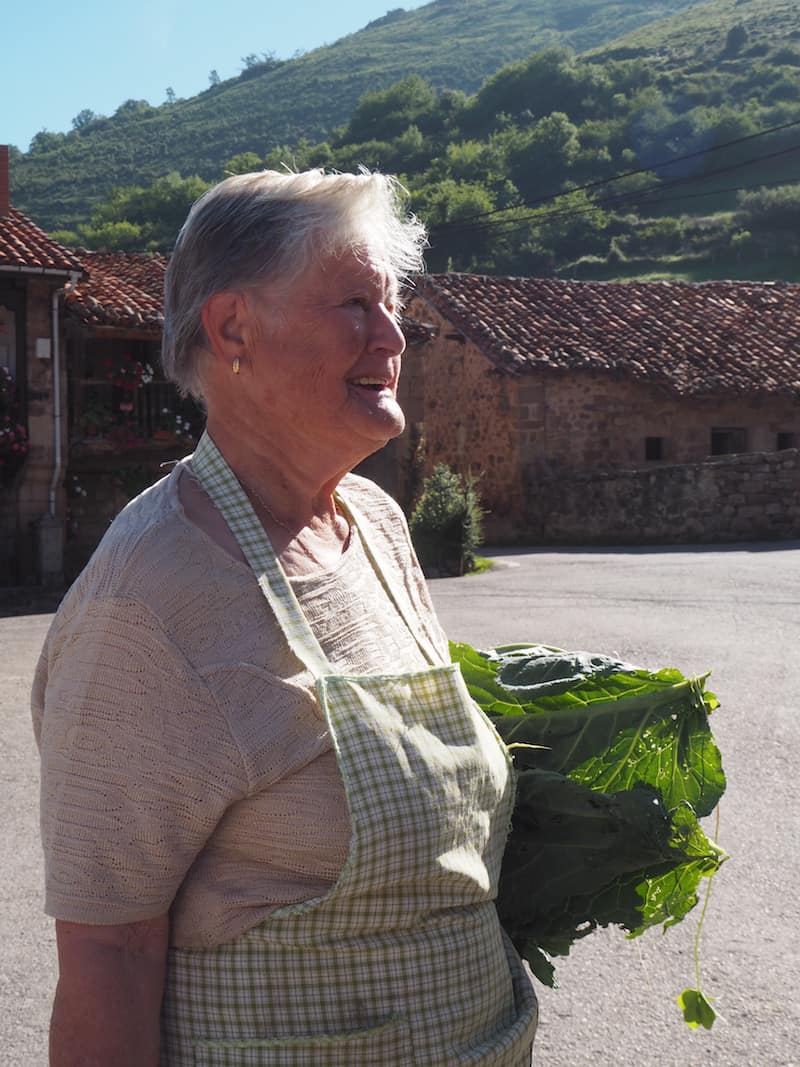
And then, there is the living culture of course, such as talking to this farming lady as part of our joint #EuropeTour family pilgrimage …
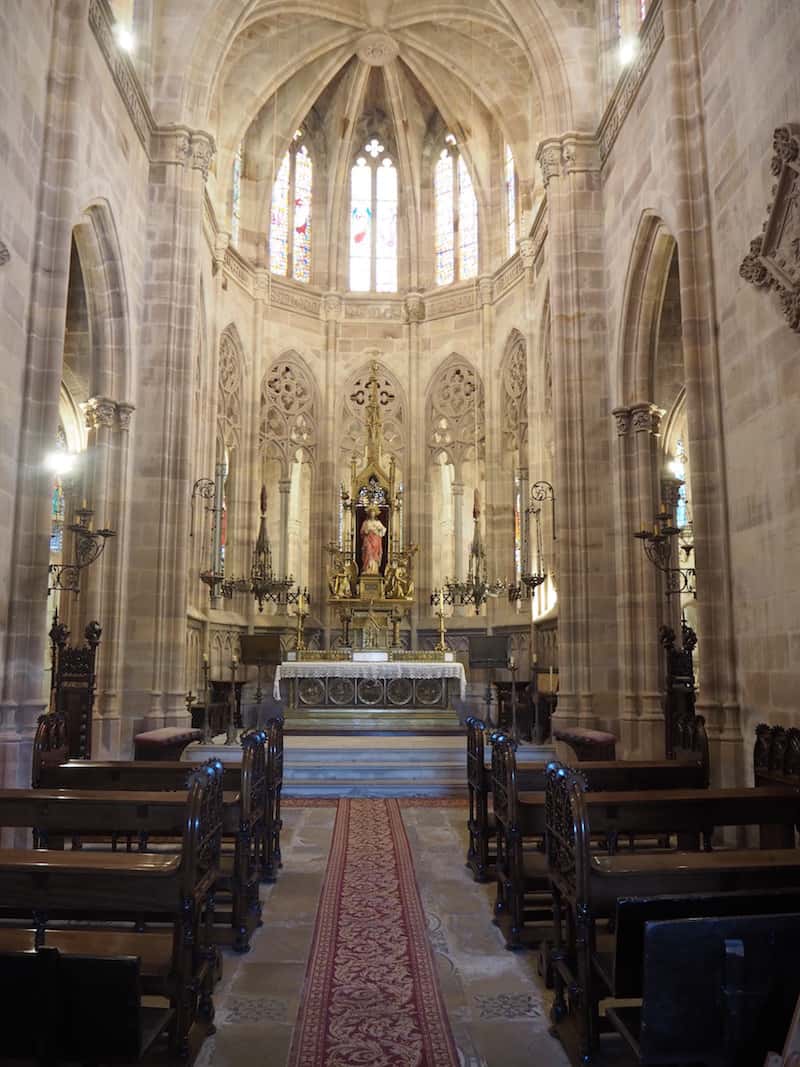
… visiting the chapel of the small town Comillas, with benches designed by the young Gaudí architect …
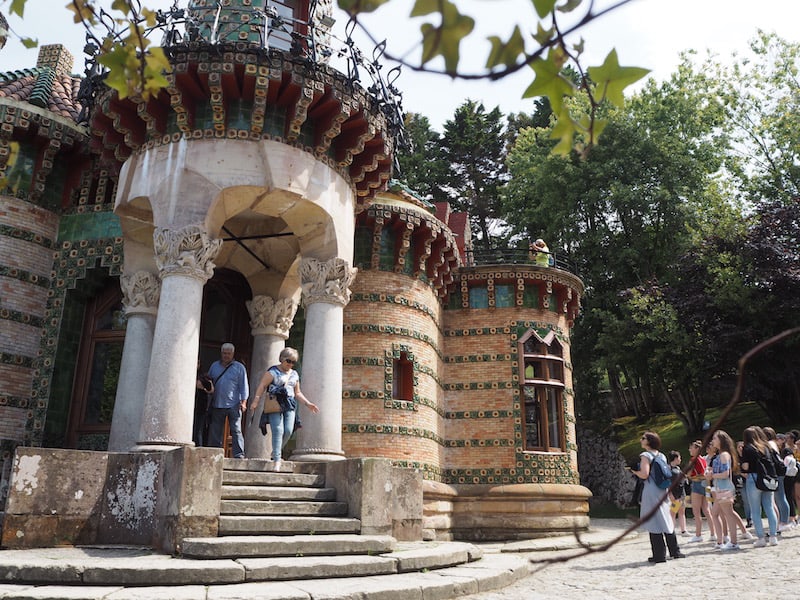
… or the building he created here, called “El Capricho de Gaudí”, one of the very few he was ever commissioned to build outside of Catalonia.
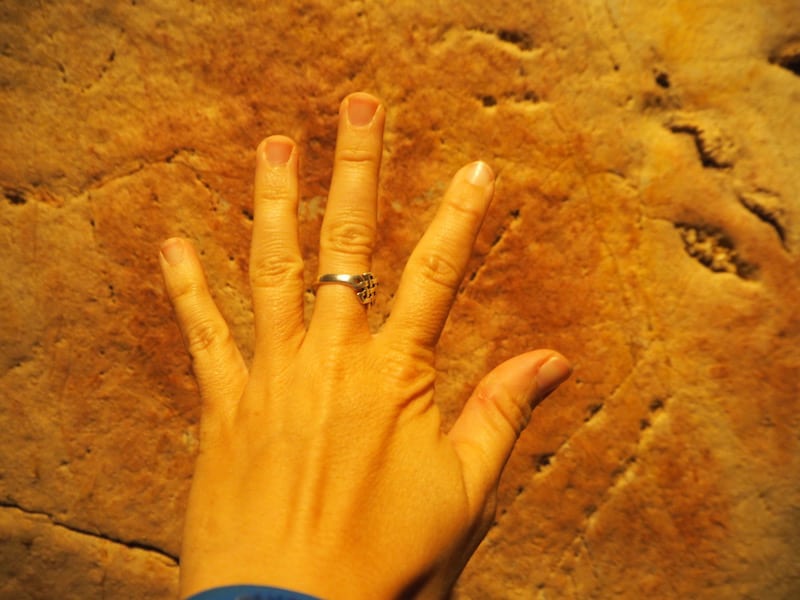
Hands-on (and almost touching this ancient cave painting behind my own hand), this is what cultural tourism means here …
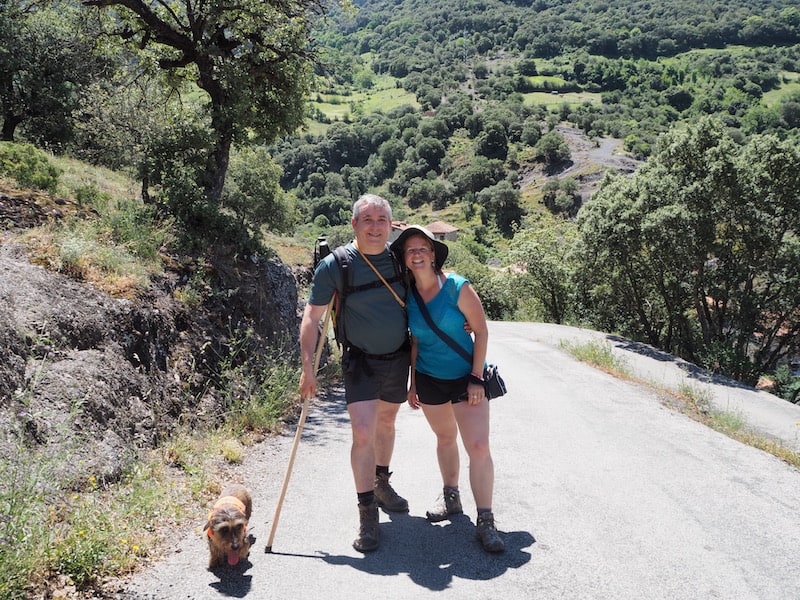
… gracias Juan, Pilar, and all the rest of the wonderful local Cantabrian team for such a warm welcome to us! You truly warmed our hearts with your efforts and showcasing such interesting examples of rural cultural tourism to us!
Read more about our meetings & work on the #EuropeTour blog:
- “Product Development for Cultural Tourism in Cantabria“
- “Training Modules for Cultural Tourism in Rural Areas: A Short Status Quo Update from Cantabria“
We are looking forward to hearing from you, and welcome any feedback you might have!
